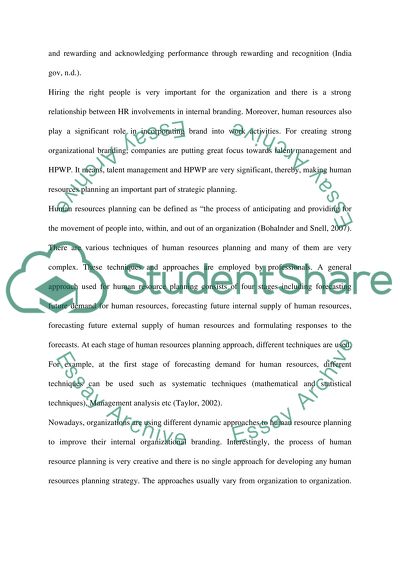Cite this document
(“HPWP Practices and HRM Policies of HR Planning Research Paper”, n.d.)
HPWP Practices and HRM Policies of HR Planning Research Paper. Retrieved from https://studentshare.org/human-resources/1563063-individual-essay
HPWP Practices and HRM Policies of HR Planning Research Paper. Retrieved from https://studentshare.org/human-resources/1563063-individual-essay
(HPWP Practices and HRM Policies of HR Planning Research Paper)
HPWP Practices and HRM Policies of HR Planning Research Paper. https://studentshare.org/human-resources/1563063-individual-essay.
HPWP Practices and HRM Policies of HR Planning Research Paper. https://studentshare.org/human-resources/1563063-individual-essay.
“HPWP Practices and HRM Policies of HR Planning Research Paper”, n.d. https://studentshare.org/human-resources/1563063-individual-essay.


